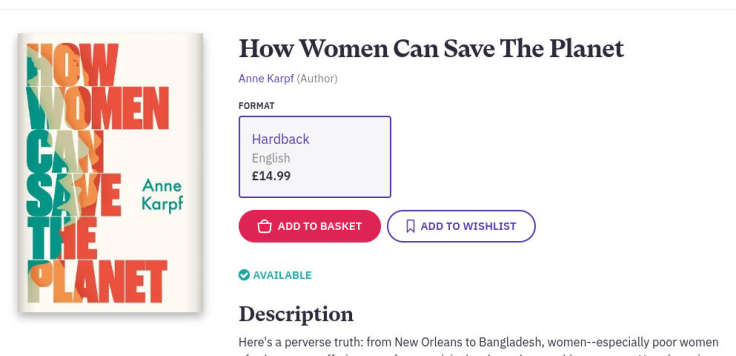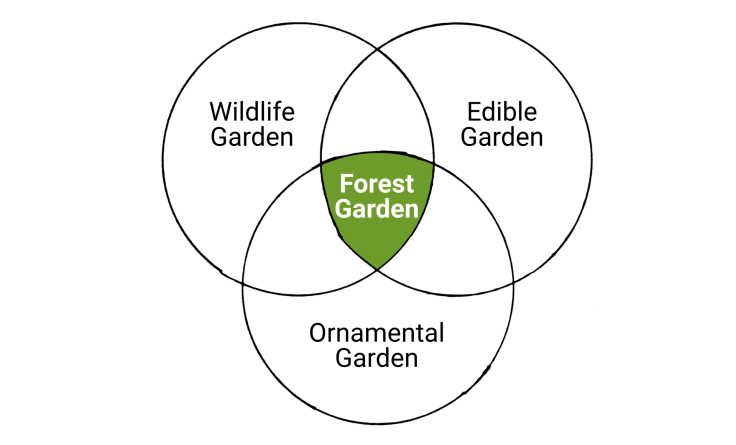
Dr Anne Karp’s book ‘How Women Can Save The Planet’
A forest garden is an intersectional garden, not in a limited sense of intersecting, but because it’s a response truly intersectional forces
I was listening to the latest episode of my favourite gardening podcast Roots and All, and it was an interview with Dr Anne Karpf about her book How Women Can Save The Planet. She discussed gender inequality and why the Nature and Climate Emergency is also a gender issue. Absolutely fascinating, and brought together so many ideas.
I wrote a talk called The Intersectional Garden, because in my mind a forest garden is at the intersection.

The forest garden is at the intersection of wildlife, edible and ornamental gardening. But it isn’t really intersectional in the way I thought it was!
I had borrowed the phrase from Deepti Gurdusani, who describes herself as an intersectional feminist. But then I actually looked up what intersectionality actually means, and I wish I’d used a different term, it was proper misappropriation on my part!
There’s a massive history, with pioneering work by the leading scholar of Critical Race Theory, Kimberlé Crenshaw.
And I heard the podcast on the same day that the Baroness Casey Review about misogyny, racism and homophobia in the Met Police was released. And apparently she widened the review to adopt an intersectional approach.